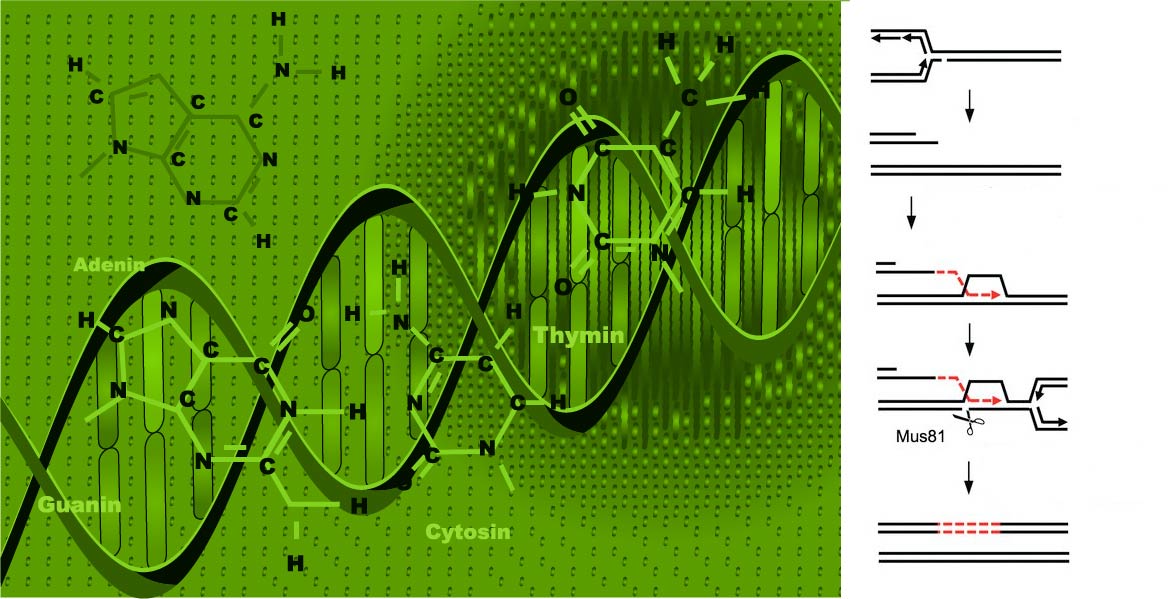Identifying mechanism that repairs damage to our genome
One of the most common forms of damage to our genome is a break in one of our DNA strands. Researchers have now found a mechanism that can repair these breaks naturally and thereby help to suppress the development of cancer.

Our genome (DNA) is constantly exposed to damaging effects. Approximately half a million genomic injuries occur every twenty-four hours in a human cell, and one of the most frequent forms of damage is a break in one of the strands in the DNA double helix (a single-strand break). Such a break can be a significant risk factor in the development of cancer, which is why the cell has developed different mechanisms to detect and repair the damage. Repairing damage to the genome should preferably be as precise as possible to avoid errors (mutations) or other changes, because these can intensify the development of cancer.
A single-strand break in the DNA is not in itself a great challenge for the cell. The challenge occurs when this single-strand break is converted to a double-strand break, i.e. there is a break on both strands of the DNA helix. This typically arises when the cell is copying its DNA – making an identical copy of its genetic (hereditary) material – in a process called replication. This process is a prerequisite for cell division. When the cell’s copying machine encounters a single-strand break in the genome, this is converted to a double-strand break. Such a break requires a very special repair mechanism involving many cellular factors, in which the DNA undergoes a number of structural changes.
Until now, this repair mechanism has only been studied in cells that are not in the process of replicating, which means to a great extent that there has been a lack of knowledge about the way the process takes place under more natural conditions in the cell. Previous studies of this repair mechanism have also concluded that it is very imprecise and leads to many mutations. This is a paradox because repairing a frequently occurring injury with a mechanism that incorporates many mutations is far from desirable.
The new study, which has just been published in the renowned journal Science, took its starting point in a unique cellular system developed in Associate Professor Lotte Bjergbæk’s laboratory at the Department of Molecular Biology and Genetics, Aarhus University. This cellular system makes it possible to precisely study the repair of a single-strand break that is transformed to a double-strand break during the replication process. Researchers have used this system to study the level of mutation in the immediate proximity of the double-strand break. The new results have now determined in detail the mechanism by which the cell can overcome this type of break under natural conditions without major consequences in the form of cell mutations – something that has been a great mystery in this field of research for many years.
By determining this mechanism, which helps to prevent genomic errors, the researchers have also gained greater insight into the way cancer cells are able to adapt to the cellular environment and thereby spread. This has prospects for the prognosis and treatment of cancer in the future.
For more information, please contact
Associate Professor Lotte Bjergbæk
Department of Molecular Biology and Genetics, Aarhus University, Denmark
lbj@mbg.au.dk – mobile +45 2326 2695
